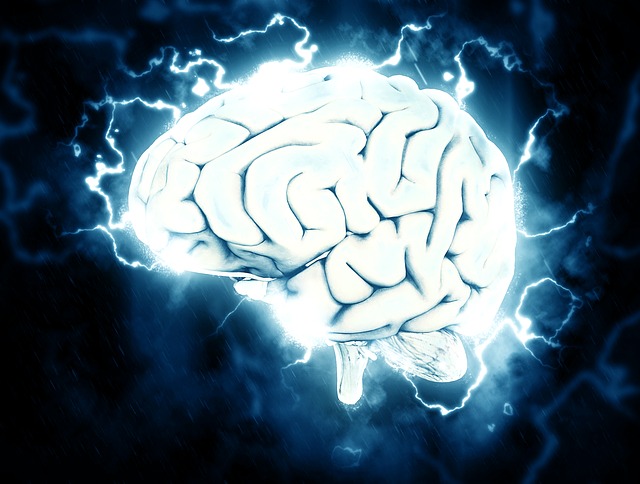Headaches & Migraines
Common headache problems that chiropractors treat include:
Migraines | Tension Headaches | Cervicogenic Headaches |
TMJ (Temporomandibular joint syndrome)

Because many of us experience the odd headache every now and again, it can be easy to view them as “normal” or something you have to “live with”. However, headaches can be very debilitating, in fact research has shown that severe headaches like migraine have such an impact on an individual’s quality of life that is greater than the effect of notable chronic conditions such as osteoarthritis, hypertension and diabetes.
Headaches can be very severe and if you have any of the following you should seek medical advice immediately
- Sudden onset of severe (worst headache of your life) headache
- A new, unexplained headache in an older individual
- Headache subsequent to trauma
- Any associated fever
- Any associated cognitive changes (confusion, drowsiness, personality changes)
The first and most important diagnostic distinction that needs to be made is whether a headache is benign or requires referral for further care. The vast majority of headaches are benign and then your chiropractor needs to determine if you fit into one of the common primary headache patterns: migraine, tension-type or cluster headache, or if your headache is cervicogenic.
This begins with a thorough history of how and when your symptoms began and what exactly they are. It is not uncommon for headaches to be associated with many other symptoms and your practitioner needs to determine if these are involved with your problem. Some common associated symptoms include:
- upper limb pain
- upper limb numbness, tingling, pins and needles
- dizziness
- nausea
- vertigo
- tinnitus
- visual blurring or disturbances
- facial numbness, tingling or pain

By diagnosing your headache type we can determine the treatment that will then be suitable to provide symptomatic relief. Of the 4 main headache types discussed above, Chiropractic treatment can provide relief for tension-type and cervicogenic headaches.
However many individuals suffer from more than one headache type – ie migraine and tension-type. This is because rather than existing as separate entities, tension-type and migraines are part of the same continuum. Some individuals are at either extreme – having only pure tension or pure migraine headaches but the majority exist somewhere in between and therefore benefit from physical treatment.
Research has highlighted the involvement of neck problems in aggravating both migraine and other forms of headache. Even though the types and causes of headaches can differ widely, they demonstrate common characteristics that can make hands-on treatment approaches effective in reducing, if not eliminating, them. Headache treatment, using chiropractic, spinal manipulation, mobilisation, soft tissue work and exercise, is shown to be useful in a number of research papers.
Treatment is very much tailored to the individual and ranges from very gentle and specific soft tissue release and joint mobilization techniques to specific manipulation and more robust soft tissue treatments including instrument-assisted work and trigger point treatment. Treatment must be coupled with other advice and assessment to achieve full and lasting symptomatic relief. This includes postural end ergonomic advice, sleep position advice, heat and ice use and specific stretching, mobilization and strengthening exercises.

CERVICOGENIC HEADACHES
- These headaches are due to referred or radiated pain form the dysfunction of soft tissue and articular structures in the neck. This differentiates them from the types mentioned above as it makes them “secondary” to a separate problem. The aforementioned headaches are “primary” in nature.
- The headache is usually on one side of the head only.
- It tends to last between 3 hours to a week, occurring as frequently as every 2 days or as infrequently as every 3 months.
- It may be accompanied by migraine-like symptoms like nausea, vomiting and sensitivity to light.
Key Characteristics
Pain at the neck and base of the skull that can radiate to the back of the head, top of the head or deep into the eye socket. Pain is aggravated by neck movement or by sustained neck postures and is associated with at least one of the following:
- Restricted neck motion
- Change in neck muscle contour, texture, tone or response to active or passive stretching or contraction.
- Abnormal tenderness of the neck muscles
Migraine
Migraines are nearly 3 times more common in females and 70% of migraine sufferers have a family history. Common migraine (without aura) has a classic presentation of a young female complaining of unilateral, pulsatile, recurrant headache. Patients may experience fatigue, neck stiffness, difficulty concentrating, sensitivity to light or sound, nausea, blurred vision, yawning and pallor. The International Headache Society (IHS) differentiates migraines to those with and without aura.
Migraine with Aura
Must have at least 2 of the 3 following characteristics:
- There are one or more resolved aura symptoms.
- At least one aura symptom that develops gradually over 5-20 minutes and lasts for less than 60 minutes, or 2 or more aura symptoms occur in sequence.
- Aura does not last more than one hour (if more than one aura symptom, proportionally rated).
- The headache follows the aura (headache-free interval less than one hour) or headache begins before or simultaneously with aura.
Migraine without Aura
Patient must have had at least 5 attacks lasting 4 to 72 hours with at least 2 of the following:
- Unilateral location (59% of pts)
- Pulsating quality (85% of pts)
- Moderate to severe intensity that inhibits or prohibits daily activities
- Aggravated by or causing avoidance of routine physical activities such as climbing stairs or comparable activity.
Tension Type Headache
This is the most common form of headache experienced by 70% of males and 90% of females at some time in their lives. Diffuse, dull, aching, “band-like” headache, sensitive to touch in the areas affected an aggravated by noise. Though associated with “tension“, it is not associated with other physical characteristics. There will be at least 2 of the following:
- Pressing or tightening description (non-pulsatile)
- Mild to moderate in intensity
- Bilateral
- Not aggravated by climbing stairs or similar activity
- May occur chronically or episodically.
- Commonly associated with depression
Cluster Headaches
Cluster Headaches are known to be very severe in nature and are fortunately quite rare. To be diagnosed with Cluster Headaches, patients must have experienced at least 5 episodes of headaches to qualify. The headaches are severe, one sided, around the eye, above the eye or over the temples. The pain that peaks in 10-15 minutes usually lasts 15 to 180 minutes with pain resolving quickly and they tend to occur at night. They are associated with at least one of the following:
- watering eyes
- runny nose
- blocked nose
- constricted pupils (small)
- drooping eyelids
- forehead and facial sweating
- eyelid oedema

